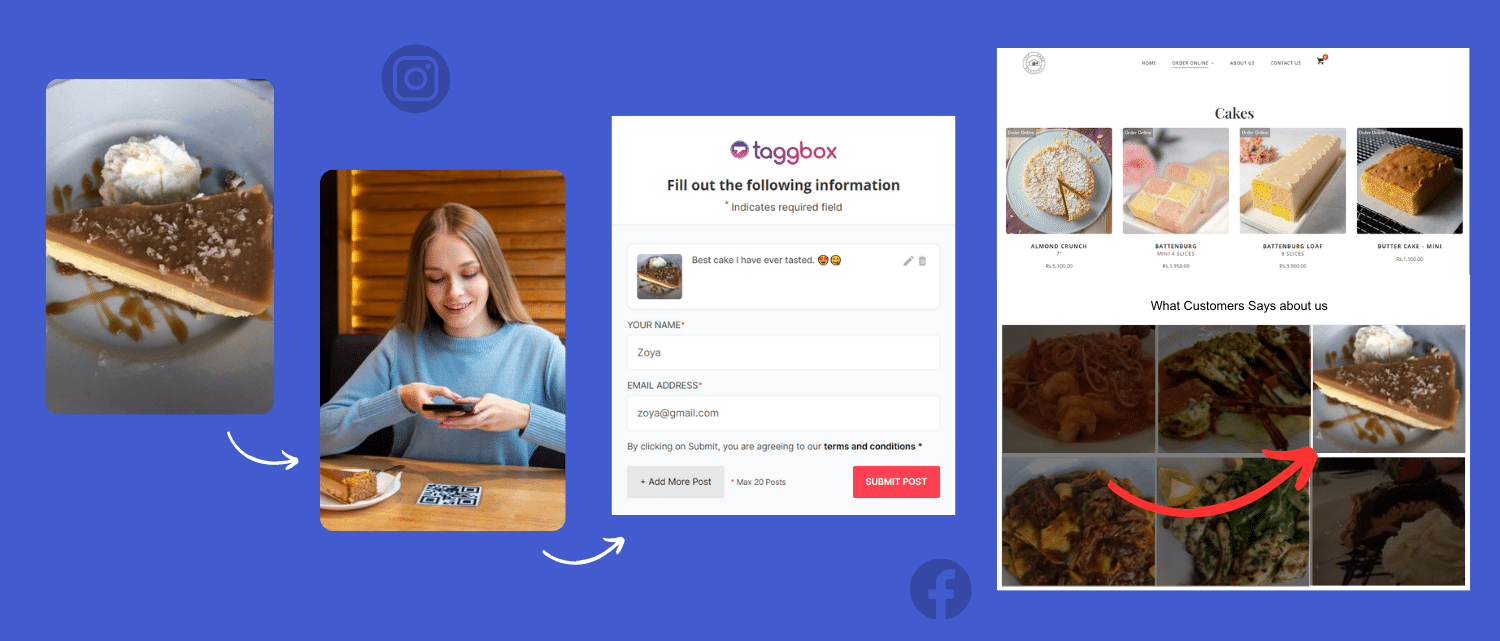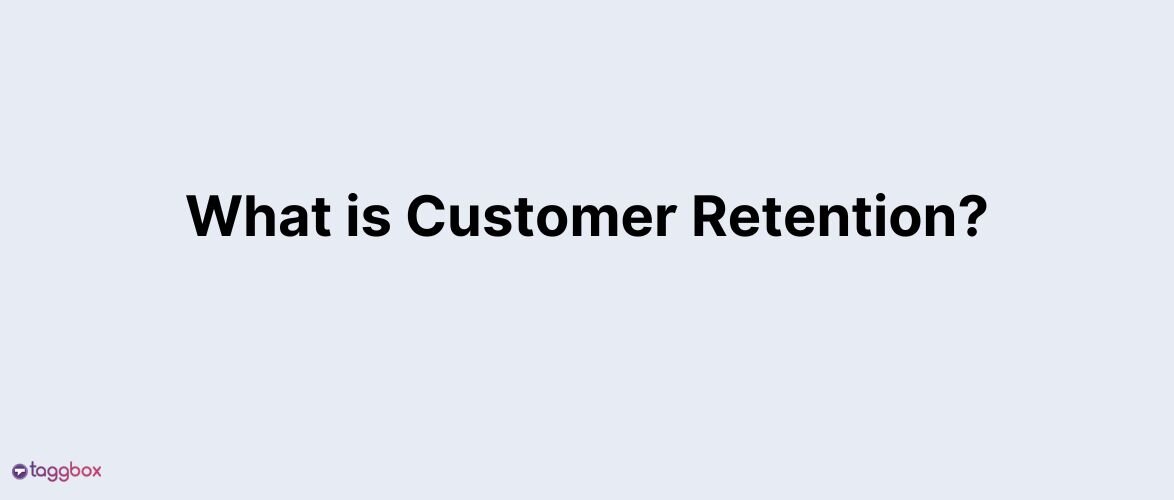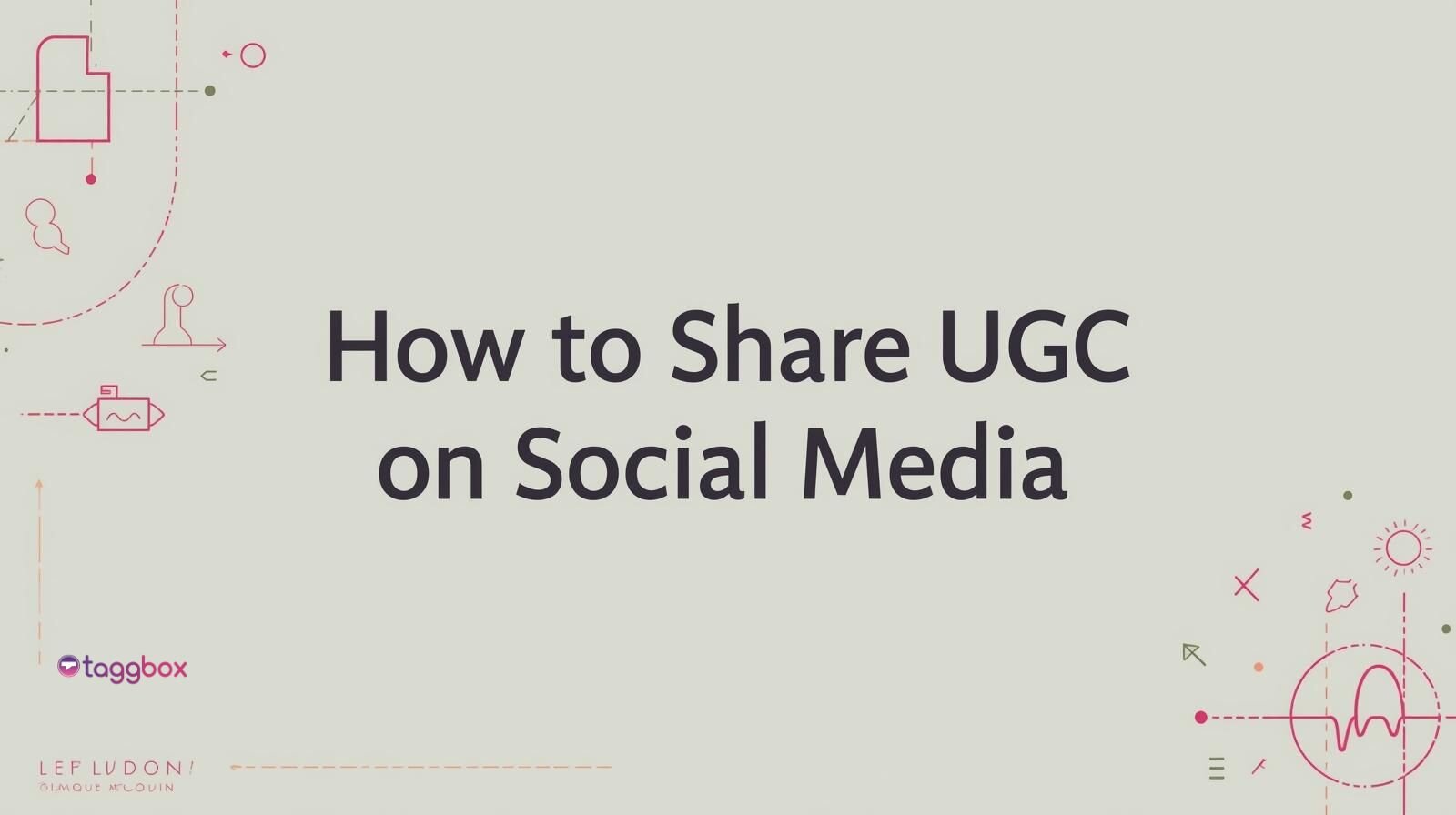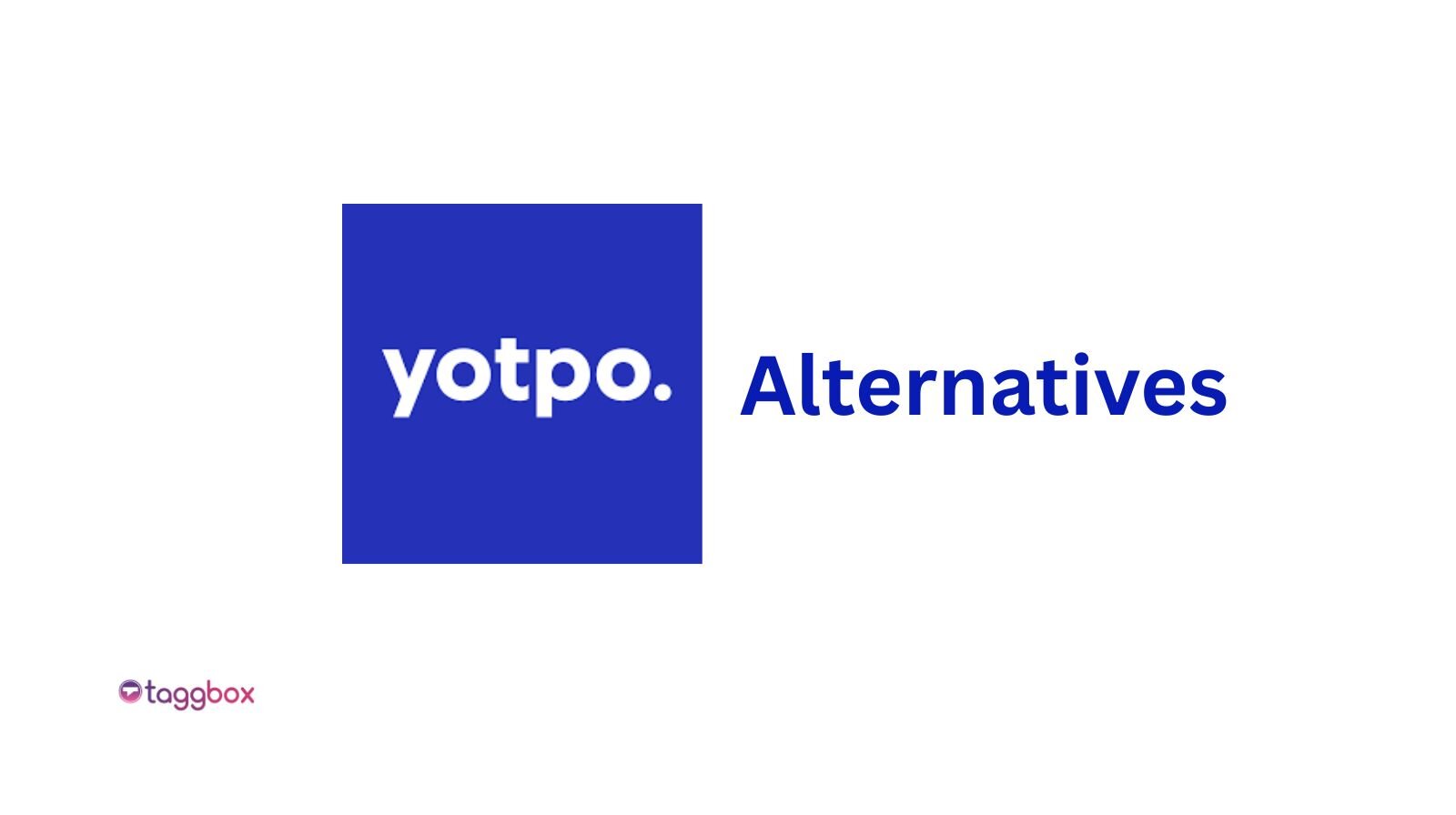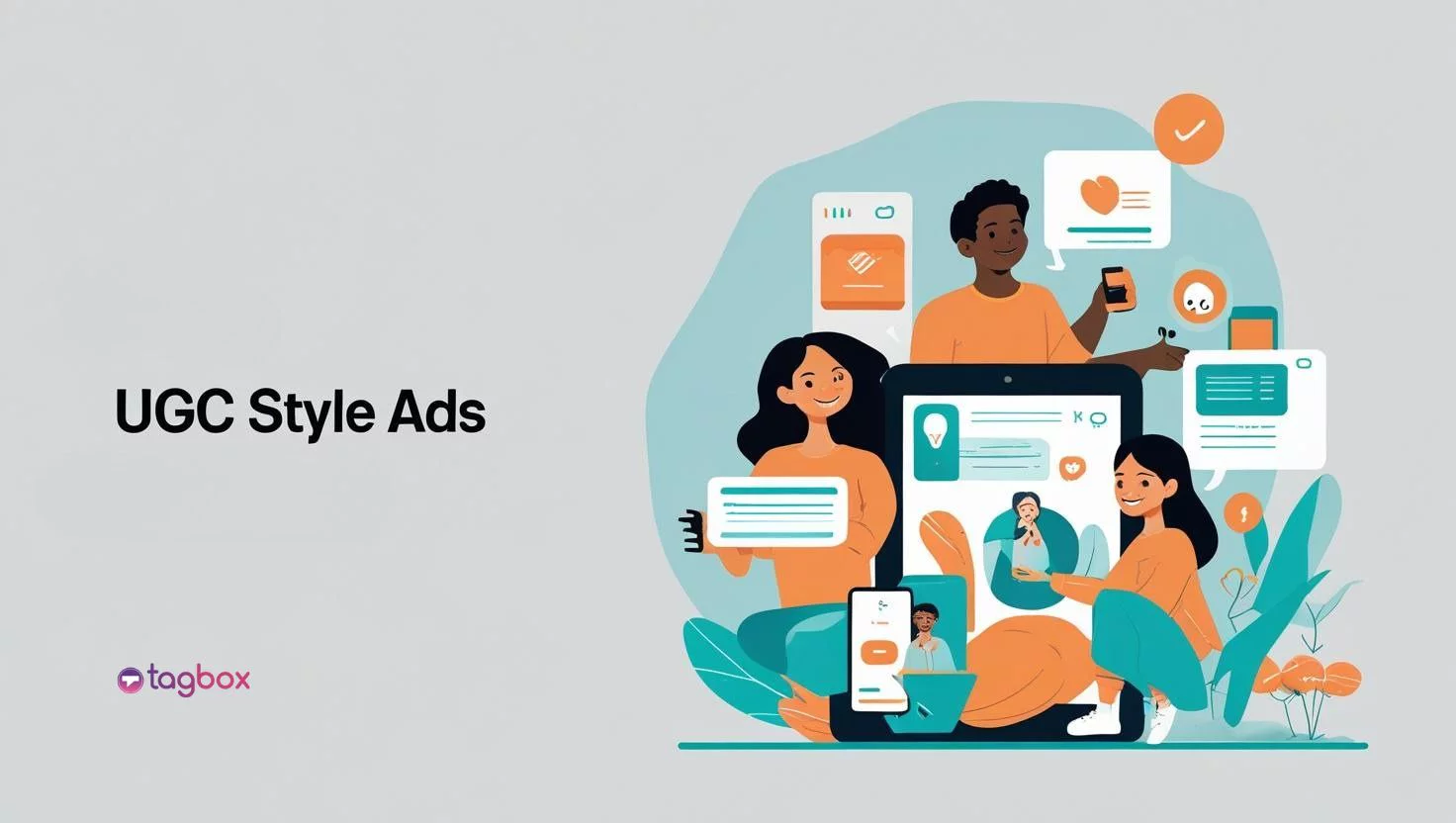Read summarized version with
According to recent studies, over 70% of consumers prefer brands that personalize their experiences based on their preferences. Zero party data is a pivotal milestone in an era defined by evolving data practices.
Unlike traditional data collection methods that rely on passive observations, zero-party data signifies a monumental shift where consumers actively share their preferences, interests, and feedback with brands.
This proactive engagement redefines the data landscape and lays the foundation for unparalleled trust and personalized interactions between brands and their audience.
What is Zero Party Data?
Zero-party data refers to information consumers willingly and proactively share with a company or brand. Unlike first-party data, collected by observing a user’s actions and interactions, zero-party data is explicitly provided by the user. This data can include preferences, interests, feedback, and personal information shared through surveys, preference centers, feedback forms, or direct conversations.
1. Comparison with First-Party and Third-Party Data:
- First-Party Data: This is the information a company collects directly from its audience or customers. It includes transaction history, website interactions, and any data obtained through direct interactions. Unlike first-party data, zero-party data requires direct and active user participation in sharing their preferences or information.
- Third-Party Data: Third-party data is any content collected and aggregated by outside entities, not directly from the users or the company. It’s often purchased from other sources and may lack transparency or accuracy. For instance, data collected via Google 3rd party cookies can be aggregated from various sites and may not always provide a clear view of user behavior on a specific website. Zero-party data, on the other hand, is voluntarily given by the consumer, leading to higher accuracy and reliability.
2. Trust and Personalization:
Zero-party data is invaluable for building trust and fostering personalized experiences. When consumers willingly share their preferences and interests, it signifies trust in the brand. Using this data to personalize marketing efforts, product recommendations, and customer interactions leads to a more tailored experience for the user.
This personalization, based on the explicit preferences shared by the user, enhances engagement and strengthens the relationship between the brand and the consumer. Ultimately, the tailored experiences provided can lead to increased customer loyalty and satisfaction.

Start Collecting Zero Party Data with Taggbox
3. Zero Party Data vs First-Party Data
| Differentiating Factors | Zero-Party Data | First-Party Data |
| Source | Consumer willingly shares information. | The company observes user actions/interactions. |
| Voluntary | Explicitly provided by the user. | Collected passively through user behavior. |
| Accuracy | Higher accuracy due to user-provided information. | Relies on the interpretation of observed actions. |
| Trust | Reflects a higher level of trust as users actively share preferences. | Based on implied consent through interactions. |
| Collection Method | Surveys, preference centers, direct feedback. | Website interactions, purchase history, cookies, etc. |
| Reliability | It is more reliable as it comes directly from user intentions. | Subject to potential misinterpretation or biases. |
| Personalization | Enables highly personalized experiences. | Allows for tailored experiences based on observed behavior. |
Tips to Collect Zero-Party Data
1. Importance of Transparency and Consent:
Clear Communication: Inform users about data collection practices, including the use of insider threat monitoring to protect their data, explaining how their information will be used and the benefits they’ll receive.
Opt-In Approach: Obtain explicit consent before collecting data, allowing users to choose whether to share information.
Data Use Transparency: Be transparent about how collected data will enhance their experience or benefit them.
2. Utilizing Surveys, Polls, and Interactive Content:
Engagement Tools: Create surveys or polls encouraging users to share preferences or opinions in exchange for insights or rewards.
Interactive Quizzes/Tools: Offer entertaining or informative tools that gather user data while providing value.
Gamification: Use games or interactive experiences that gather insights while engaging users.
3. Incorporating Preference Centers and Consent Management Tools:
Preference Centers: Provide users with customizable profiles where they can set preferences, interests, and communication frequencies.
Rights Management Platforms: Use tools that allow brands to manage content rights with proper consent, ensuring control over their data.
4. Social Media Strategies for Zero-Party Data Collection:
Engagement UGC Campaigns: Run UGC campaigns or contests that encourage users to share preferences or information voluntarily.
Interactive Social Content: Create interactive content on social platforms that prompts users to engage and share preferences.
Direct Interactions: Engage in conversations with followers to gather insights and preferences.
Implementing these strategies while prioritizing transparency, user consent, and offering value in exchange for data can effectively collect zero-party data while fostering trust and engagement with your audience.

Collect, Store or Reuse Zero Party Data with Taggbox
Considerations for Choosing the Right Platform for Your Brand:
- Data Integrity and Compliance: Ensure the platform adheres to data privacy regulations and offers robust security measures. Implementing essential data security best practices can help safeguard consumer data and maintain compliance with security standards.
- Customization and Integration: Assess how easily the platform integrates with your current systems and its adaptability to your brand’s unique needs. Integrating SQL Server to Snowflake can enhance data scalability and optimize performance, ensuring smoother data management across your business operations.
- Scalability and Performance: Evaluate the platform’s capability to handle increasing data volumes and provide actionable insights as your business grows. If you can, find out if the platform uses software like Nlyte to manage its data center infrastructure and ensure server efficiency.
- User Experience and Support: Consider the ease of use for data contributors and administrators and the platform’s quality of customer support.
How Taggbox Can Help You in Collecting Zero Party Data?
Taggbox’s SnapUp feature enables effortless data collection from various touchpoints, allowing users to share preferences, interests, and feedback wherever they are. This versatile tool ensures users a smooth and convenient process to provide their zero-party data.
Here are different ways to use Snapup for your brand:-
1. Email Integration for Direct Engagement:
By seamlessly integrating Snapup into email campaigns, Taggbox ensures users can easily get their preferences and information through personalized email communications, fostering a direct channel for zero-party data collection.
2. Embed on Website for User-Centric Insights:
Taggbox’s website widget empowers brands to gather explicit data directly from their online platforms. Users willingly share their preferences and interests through intuitive Snapup embedded with a social media widget.
3. Event Display for Real-Time Engagement:
Brands can display a QR code with a live social wall during events to get the data. This real-time engagement lets attendees provide zero-party data through interactive displays, enriching the collected insights.
4. SMS Link Integration for Instant Participation:
Taggbox facilitates zero party data collection through SMS links, ensuring users can easily access and provide their preferences and feedback, enabling instant participation and data sharing.
Taggbox offers a versatile suite of tools and integrations, empowering brands to collect zero party data seamlessly from multiple channels, enhancing user engagement, and fostering a transparent and trustworthy data-sharing environment.

Start Collecting Zero Party Data with Snapup
Ideas to Use Zero Party Data in Your Marketing Strategy
1. Personalized Content Creation Based on User Preferences:
- Customized Engagement:
Utilize zero-party data to craft content that aligns precisely with user-stated preferences. Personalize content from blogs to videos and newsletters to cater to individual tastes and interests.
- Recommendation Algorithms:
Implement recommendation systems powered by zero-party data insights to suggest content that resonates with users’ explicitly stated preferences or past interactions.
2. Targeted Email Marketing and Communications:
- Segmented Campaigns:
Leverage zero-party data to segment your email lists based on user’s preferences. Tailor email campaigns to specific interest groups, ensuring more relevant and engaging communications.
- Personalized Messaging:
Craft email content that speaks directly to the user’s interests or preferences, increasing engagement and conversion rates.
3. Tailoring Product Recommendations and Offers:
- Personalized Recommendations:
Utilize zero-party data to develop recommendation engines on your website or app. Offer product suggestions aligned with user-provided preferences, enhancing the likelihood of conversion.
- Exclusive Offers:
Create tailored discounts or promotions based on user-stated preferences or behaviors, fostering a sense of personalized value and increasing customer loyalty.
4. Enhancing Customer Experiences through Zero-Party Data Insights:
- Refining User Journeys:
Leverage explicit data insights to optimize user experiences across touchpoints. Ensure smoother interactions based on individual preferences, improving overall satisfaction.
- Feedback Integration:
Integrate user-provided feedback into product or service improvements. Demonstrate responsiveness and dedication to meeting customer needs and expectations.
The Curtain Call
Zero-party data marks a transformative shift in data collection, empowering brands with authentic user insights. Its significance lies in fostering trust, enabling personalized experiences, and revolutionizing marketing strategies.
Embracing ethical practices and transparency in data collection is pivotal for building lasting relationships. Looking ahead, the integration of explicit data with technology promises even more personalized and impactful interactions.
This shift heralds a future where user-provided insights drive innovation, creating meaningful connections between brands and consumers.


